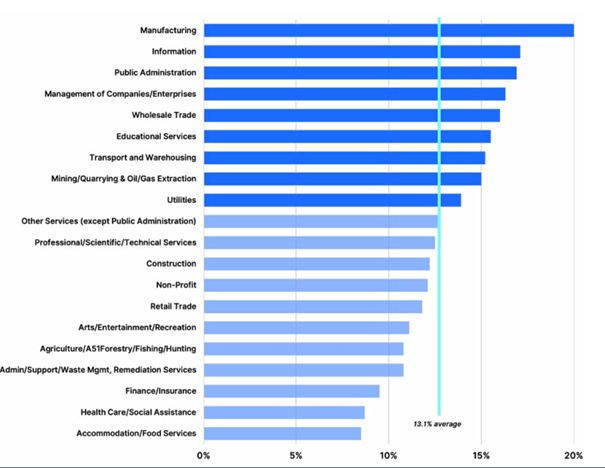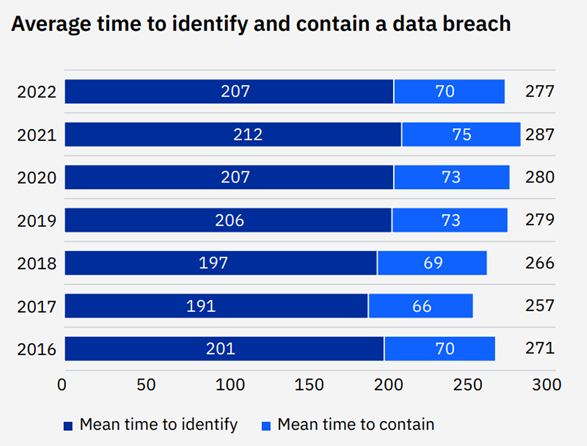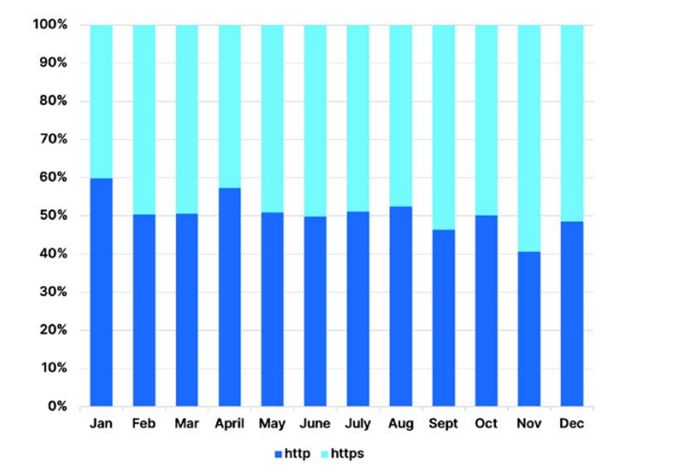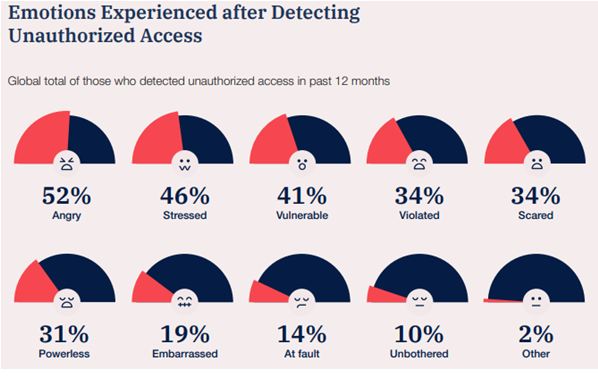Cyber attacks are recognized as one of the biggest threats to the world economy by the World Economic Forum. With digital dependency rising around the world, cyber-attacks are becoming more prevalent and intense. Below are some eye-opening facts that outline the scale of cybersecurity threats to individuals and organizations.
Cybercrime is Costing Trillions of Dollars
According to the Official Cybercrime Report by Esentire, the cost of cybercrime is estimated to cross $8 trillion by the end of 2023 and is estimated to hit $10.5 trillion by 2025.
Asia, Africa, South America, and the Middle East saw 474% more malware infections in 2022 than in Australia, New Zealand, Japan, North America, and Europe. However, the rate of malware infection has decreased in most regions compared to 2021.
Digital Infrastructures are Vulnerable to Cyber Attacks
Digital systems are more vulnerable than ever. Automated scans are not able to detect all vulnerabilities in a company’s digital infrastructure. HackerOne 2022 Report found that ethical hackers were able to detect 65,000 vulnerabilities that were missed by automated scans.
According to the State of Attack Surface Management 2022 Report, 67% of organizations have seen a rise in the number of attack surfaces owing to the increase in remote work culture. This has increased the significance of cyber asset attack surface management in companies. The report also mentions that 69% of data infrastructure was compromised because of a poorly managed internet-facing asset.
Cyber Attacks are Affecting Global Supply Chains
According to Gartner, 45% of global organizations will be impacted by cyber attacks on supply chains. In 2020, open-source supply chain systems like Solarwinds and Apache Log4j were put under cyber attacks and experienced data breaches. This had a significant impact on various supply chains across the world.
The average malware infection rate across all industries is 13.1%. Among all industries, the manufacturing industry faces the highest malware infection with a 55.6% above-average infection rate.
Manufacturing companies face significant losses owing to downtime and halt in production. This has made them a major target for malware attacks. Furthermore, among 9 industries that face higher than average infection rates, 4 are crucial parts of the global supply chain.
Ransomware Attacks are a Major Threat
Before 2020, ransomware attacks primarily used encryption to lock out the owner from accessing their data or applications. In 2021 & 2022, many ransomware attacks shared screenshots of sensitive data with the owner as a threat. Aside from data breaches, 84% of ransomware attacks in 2022 also threatened to leak sensitive data.
The average ransomware payments have significantly risen since 2018. The Ransomware attacks have targeted organizations of all sizes. In 2021 & 2022, several government ministries as well as major tech companies have fallen victim to ransomware. The demand for ransom payments has ranged between $25,000 to $13 million in bitcoins.
Data Breaches take More than 200 Days to Rectify
According to the Cost of Data Breach Report by IBM, 83% of organizations have been victims of more than one data breach. Among these 60% of organizations passed on the losses to their customers by increasing the prices.
In 2022, 88% of ransomware attacks targeted backup repositories. Among these 75% of the attacks were successful. It took 227 days on average for organizations to identify and contain a data breach. This is 3.5% less than the average time in 2021.
Malicious URLs are Difficult to Trace
Cyber attackers used malicious URLs for phishing, hosting malware, and anonymization. 90.9% of malicious URLs were intended for one of these three purposes.
In 2022, 70% of malicious URLs were hidden behind geo-location masking to avoid detection. This is a significant rise compared to 49% in 2021. It is getting more difficult to identify those responsible for malware and phishing attacks because of geo-location masking.
Even HTTPS is Not Safe
Cyber attackers are using the perceived security of HTTPS servers to trap their victims. In 2022, 49.3% of phishing attacks were executed through HTTPS servers. This is 55.5% higher than in 2021.
Cyber Attacks are Seasonal
A seasonal pattern has been observed in phishing attacks. The phishing activity typically rises during seasonal financial events such as income tax filing deadline dates. Another major rise in phishing attacks can be observed during the holiday season. During this period, phishing attacks used shipping alert emails to lure the victims.
Phishing attacks impersonate individuals and brands to trap victims. These attacks impersonate key management positions such as CEO and CFO to attack employees in an organization through emails. They are also using current events to pressure their victims into complying.
Cyber Attackers Impersonate Major Brands
Email-based phishing attacks also impersonate major brands such as Facebook, Google, Apple, Instagram, Microsoft, and more to target their victims. In 2022, 49.7% of brand name phishing attacks were conducted using just the top 5 brand names.
Cyber Attacks Have Emotional Implications
According to the 2022 Global Risk Report by World Economic Forum, 95% of cybersecurity issues can be traced back to human error. Cybersecurity attacks also have serious psychological implications.
Conclusion
These cybersecurity facts show that cybercriminals pose a serious threat to the safety of digital infrastructure around the globe. It is necessary for individuals and organizations to be aware of different types of attacks. They also need to employ rigorous cybersecurity measures so that they do not fall victim to these attacks. At the same time, they also need protocols to counter cyberattacks to contain the damage.






